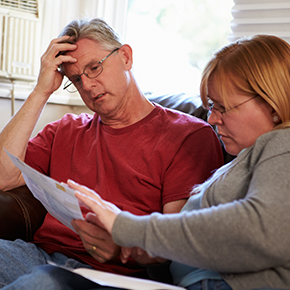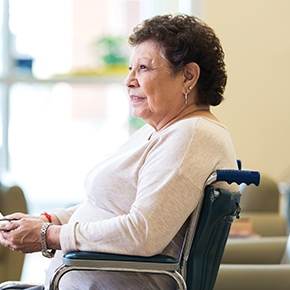Issues & Policy
How LIHEAP Works
- LIHEAP is an essential, widely supported federal program that delivers critical short-term aid to some of our nation’s most vulnerable citizens.
- Unlike some federal assistance programs that see their funding increase with need, like Social Security or food stamps, LIHEAP funding must be appropriated annually by Congress.
- LIHEAP distributes funding to states, territories, and tribal governments, which in turn use the funds to help low-income households in their jurisdictions with home heating and cooling costs. LIHEAP funds also are used for emergency situations and for weatherization services.

Providing Energy Bill Assistance
EEI’s member companies are committed to helping customers arrange payment plans, receive financial assistance, and connect with state and federal resources to help pay their energy bills. Select a state to find the energy bill assistance and resources that electric companies are offering.
- District of Columbia
- Alabama
- Alaska
- Arizona
- Arkansas
- California
- Colorado
- Connecticut
- Delaware
- Florida
- Georgia
- Hawaii
- Idaho
- Illinois
- Indiana
- Iowa
- Kansas
- Kentucky
- Louisiana
- Maine
- Maryland
- Massachusetts
- Michigan
- Minnesota
- Mississippi
- Missouri
- Montana
- Nebraska
- Nevada
- New Hampshire
- New Jersey
- New Mexico
- New York
- North Carolina
- North Dakota
- Ohio
- Oklahoma
- Oregon
- Pennsylvania
- Rhode Island
- South Carolina
- South Dakota
- Tennessee
- Texas
- Utah
- Vermont
- Virginia
- Washington
- West Virginia
- Wisconsin
- Wyoming









